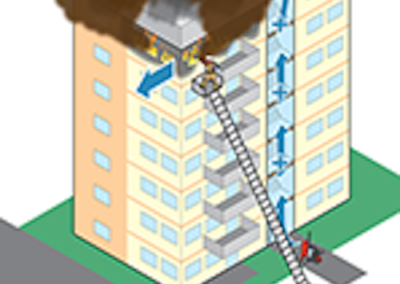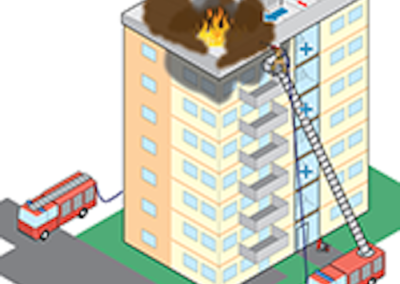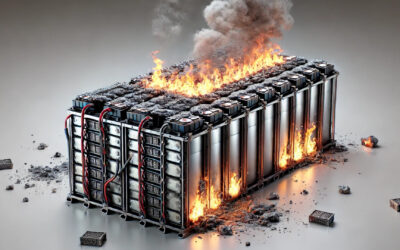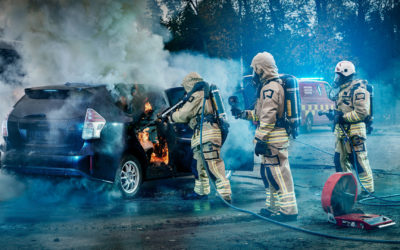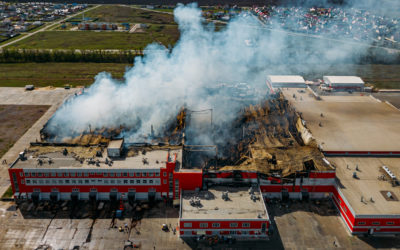A high-rise fire is one type of structural fire, specific to tall buildings and is technically challenging. They require high degrees of organisation and teamwork between all active firefighting units to control and extinguish.
Definition
There is no internationally agreed definition of how tall a building should be to be called a high-rise – other than the fact that it is a very tall building. According to the National Fire Protection Agency (NFPA), the definition of a high-rise building is 23 meters and above.
Challenges of wind-driven fires
One of all the challenges that come with fires in high-rise buildings is so-called wind-driven fires. Wind can cause fire to spread in ways that are not easily predicted. This directly affects the tactics of fire and rescue services. Fighting fires that spread because of the influence of wind becomes complicated, even in the simplest building constructions.
Importance of rapid water deployment
To reduce the spread of fire, it is important to quickly get water into the fire compartment. Due to the distance between the fire compartment and the appliances, there is often a delay when attacking a fire in a high-rise building. Many high-rise buildings have limited space for deploying fire hoses. This might result in stairwells and staircases becoming cramped. The fire can then spread and/or intensify during the time it takes to mount an effective firefighting attack.
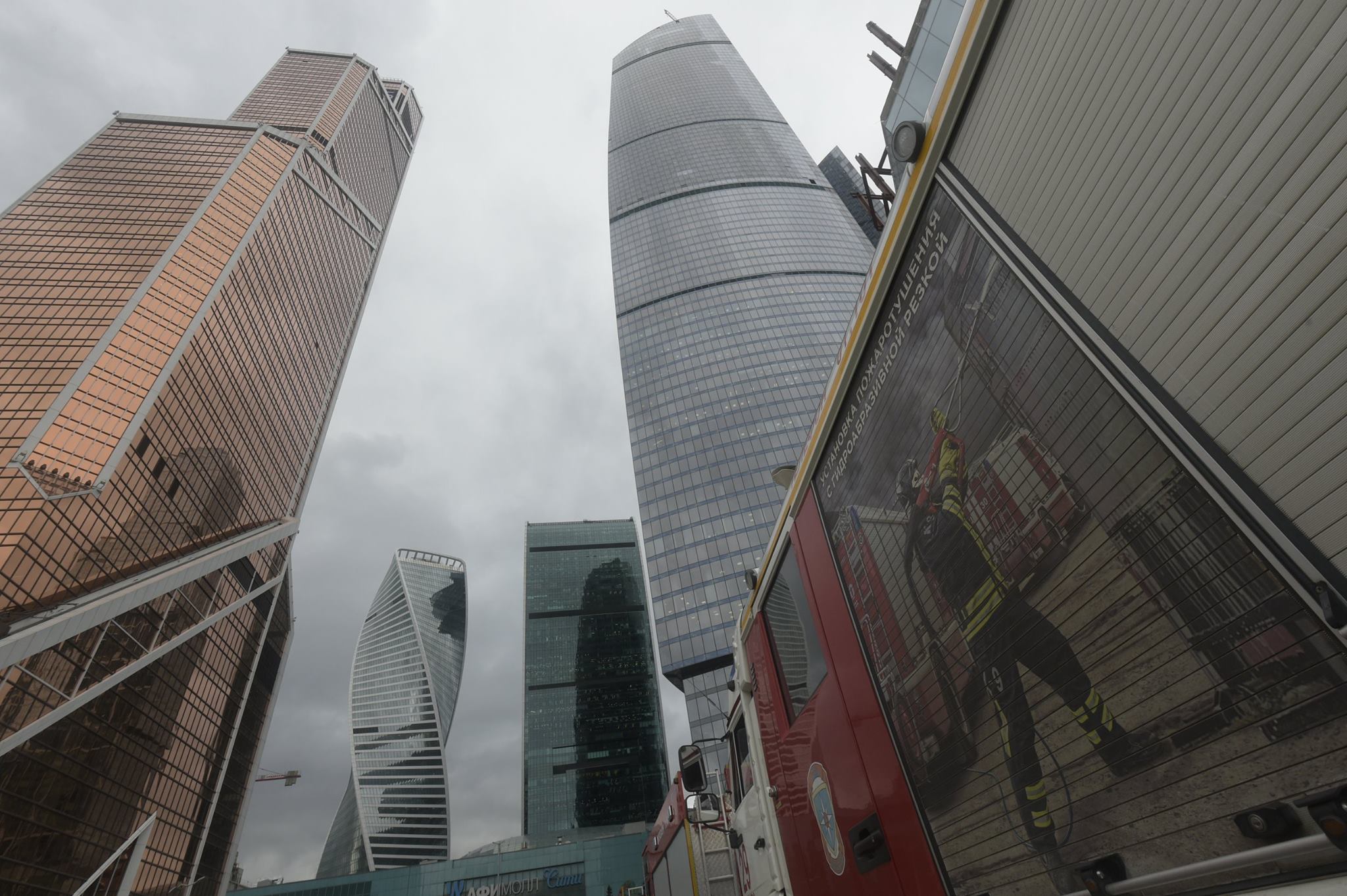
Challenges of conventional firefighting
In conventional firefighting, it is usually necessary to open the door to the fire room to start extinguishing the fire by a BA attack. Opening the door to the fire compartment will allow extensive spread of smoke. This increases damage and possibly making escape routes unusable. Wind affected fires may cause considerable problems for fire crews when the door is opened.
Advantages of using Cobra
Using Cobra from outside, e.g. from an aerial appliance or ladder, will enable crews to more quickly control the fire and reduce temperatures. While the BA crews prepare and approach the fire compartment, a Cobra attack can be made from the outside. This allows the crew to then enter the room in much cooler and safer conditions and extinguish any remaining fire.
Proven to be an effective tool for high-rise fires
Practical tests and use at incidents by a Swedish Fire and Rescue Service have shown Cobra to be a very effective tool for fires in high-rise buildings. They state that above the third floor, a Cobra attack from an aerial appliance is at least twice as quick as a BA attack made from the stairs. This method requires good communication between all teams at the incident.
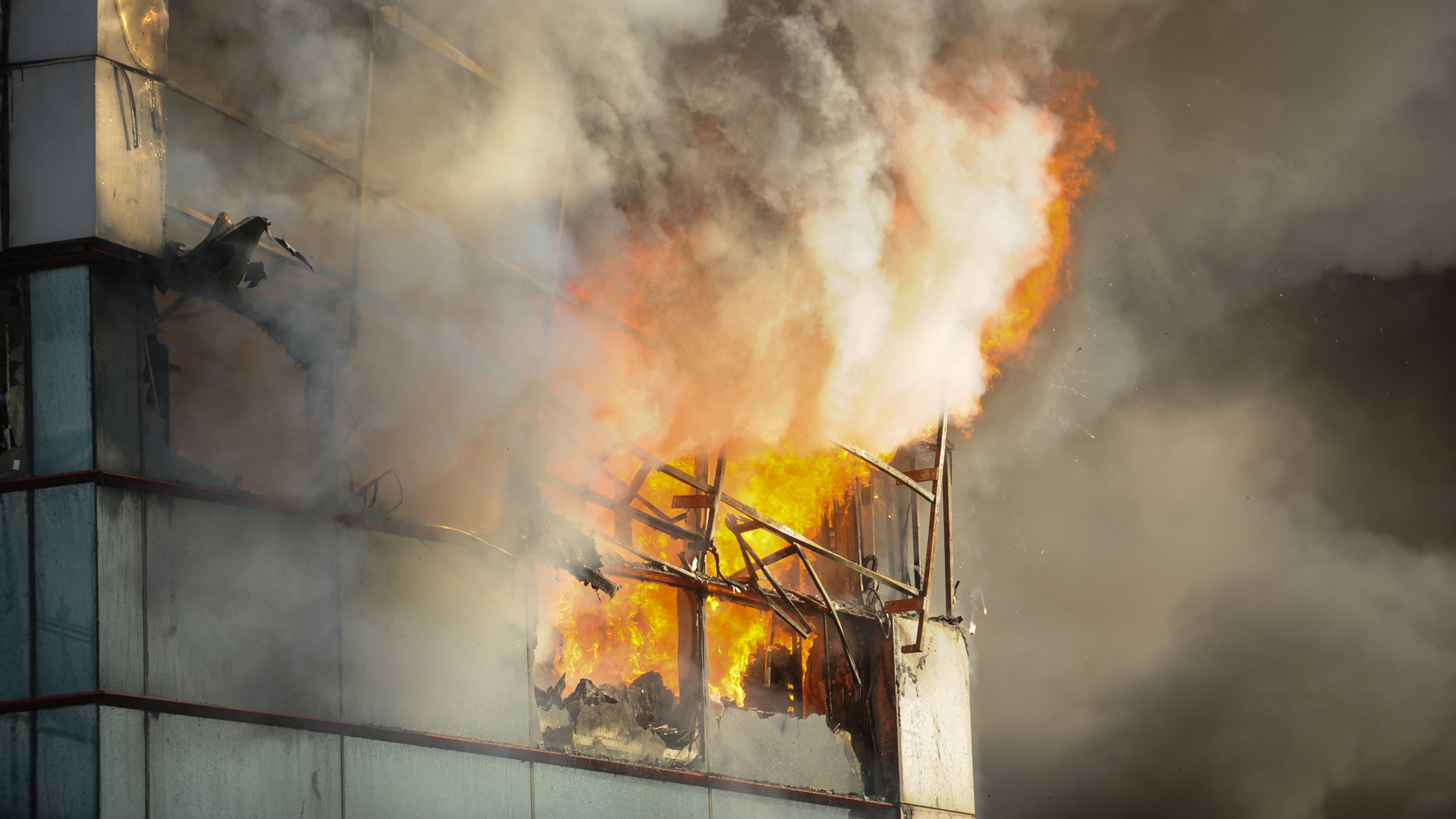
High-rise fire procedure from a Swedish Fire and Rescue Service
In the event of an apartment fire on the second floor and above, Cobra is used from a ladder or aerial platform. On arrival, Cobra is deployed from outside the fire compartment, and in the meantime, BA crews prepare for an internal intervention. To create as good working and evacuation environment as possible, the stairwell is pressurised using positive pressure ventilation (PPV). When the BA crews have made their way up the staircase and rolled out hoses and are ready to begin the operation, the Cobra has been working from the outside the entire time, creating a cooler and cleaner working environment to enter.
With fires on the upper floors, there is often a risk that the fire spreads to the roof; it can quickly be extinguished if Cobra is ready for use. The Fire and Rescue Service always have the Cobra lance ready in the basket to deal with fire spread to the roof.
Cobra Benefits
Limits firefighter contamination from toxic fire gases.
The fire and fire gases are suppressed from outside the fire compartment, with firefighters only entering to dampen the remaining hot spots. This limits exposure to toxic fire gases.
Minimises firefighter exposure to high temperatures.
High-rise fires can expose firefighters to very high temperatures when attacking using traditional methods. Cobra utilises small water droplets which absorb significant amounts of heat energy very quickly. This reduces the temperature within the fire compartment, allowing firefighters to enter a much cooler environment with a significantly reduced risk of backdraft or flashover.
Quick intervention.
Getting equipment in place to fight a fire in a high-rise building can use up valuable time. Utilising Cobra from an aerial appliance, or from an adjacent compartment, reduces the amount of time taken to get water into the fire compartment. The equipment is light in weight and easy to handle, which enables rapid deployment. The training programme that underpins Cobra gives fire crews the ability and confidence to deploy Cobra very quickly on arrival.
Limits damage from fire and water.
When fighting fires, traditional firefighting methods use a considerable amount of water – 450 litres per min or more. This will result in significant water damage to the rest of the property. Cobra uses 60 litres of water per minute – considerably less than traditional firefighting methods. A fine water mist used into a hot compartment will result in evaporation of the water and very little or no water damage.
Limits water use.
As Cobra only uses 60 litres of water per minute, an 1800 litre tank of water will last 30 minutes with continuous Cobra use. This gives fire crews an opportunity to secure further water supplies where needed – vitally important in areas where water supplies are scarce.
Reduces environmental impact from the fire.
The rapid fire and fire gas suppression associated with Cobra means that less toxic emissions get into the atmosphere. Reduced water consumption means less contaminated run-off water gets into watercourses.
Benefits of Cobra use
- Quick and easy intervention, e.g. from an aerial appliance or stairs.
- Fire suppression can be started while crews prepare entry from the stairs.
- Fires that spread to other apartments and roof space can be quickly dealt with.
- Using 60 litres of water per minute will cause minimal water damage to the affected apartments and the ones below.
- Lower temperatures, less contaminants in the fire compartment for crews making an entry.
- Significant reduction in the likelihood of a backdraft or flashover occurring.
Source: Madrzykowski, D. & Kerber, S. (2009). Fire Fighting Tactics Under Wind Driven Conditions: Laboratory Experiments. U.S. Department of Commerce. Building and Fire Research Laboratory. National Institute of Standards and Technology (NIST). Gaithersburg, MD 20899. NIST Technical Note 1618.
